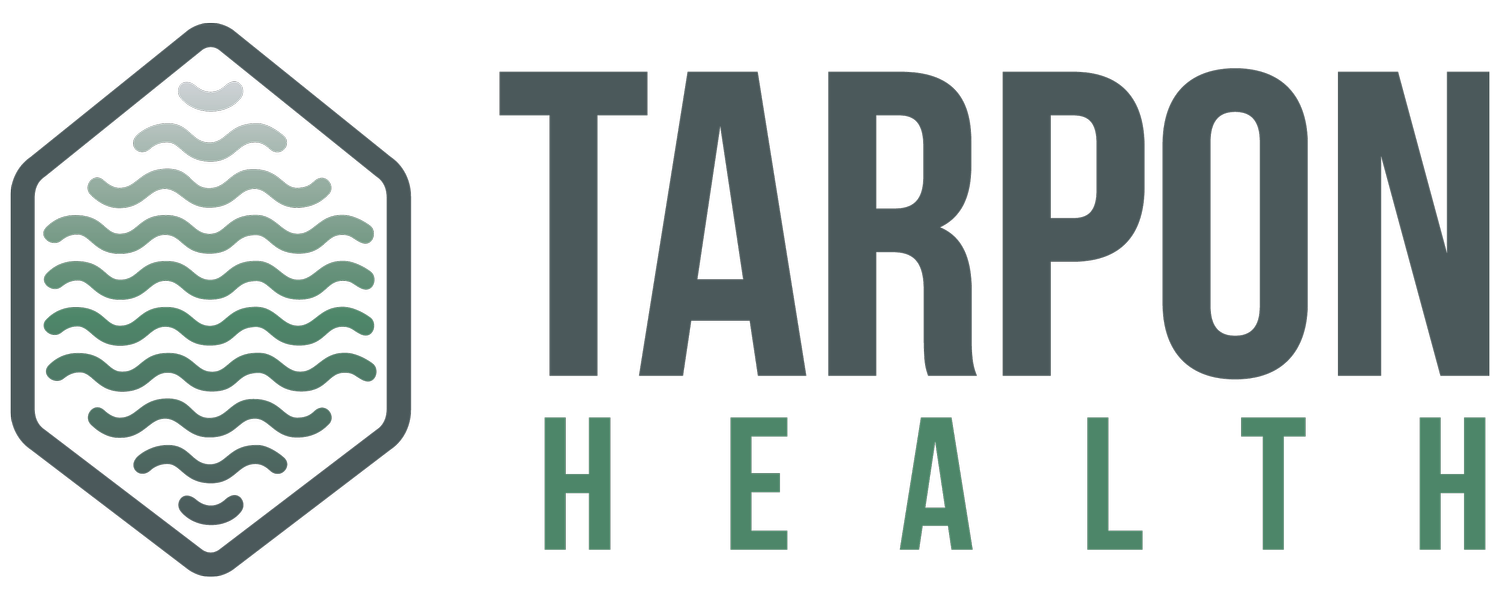Why You Should Incorporate Automation Into Your Revenue Cycle
Introduction:
In today’s healthcare landscape, most organizations are trying to capitalize on efficiency, reduce errors, boost productivity, and reduce their overhead costs. Revenue Cycle Automation is a transformative solution that offers benefits in minimizing revenue leakages, improving increasing financial performance and decision-making as well as reducing overhead costs. This guide delves into the compelling reasons why your healthcare organization should adopt RCM automation and how to get started.
The Changing Landscape of Revenue Cycle Management:
Organization’s processes, and systems are evolving at an unprecedented pace, thanks to the rapid development of technology and changing patient expectations. Revenue Cycle Management (RCM) is no exception to this trend, as traditionally managing a patient’s bill from start to finish was done manually. This meant healthcare providers had to use paper-based systems to collect payment information from data entered manually and file claim forms.
This manual approach had many limitations, with mundane administrative tasks consuming significant portions of resources, leading to increased operational costs. Nowadays, most healthcare providers are switching to digital platforms and implementing revenue cycle automation (RCM automation). Automating the healthcare billing process using automation reduces human errors, saves time for both healthcare providers and patients, and reduces costs.
Moreover, the rise in consumerism has shifted focus onto patient satisfaction and experience. Patients now expect a more streamlined and convenient billing process, which can be achieved through RCM automation. With the integration of online payment options and self-service portals, patients can now manage their bills electronically, reducing the need for manual processes.
Navigating Complex Revenue Cycles:
The initial step in navigating a complex revenue cycle is identifying critical processes, like patient registration, charge capture, payment processing, and claims management. Each of these processes is integral to the overall revenue cycle. Streamlining and analyzing these processes can help organizations identify areas that can be automated.
Start by identifying key performance metrics for your revenue cycle. Days in accounts receivable, denial rates, and first-pass claims acceptance rates are all important to track. Each of these metrics gives you a baseline understanding of your current revenue cycle, allowing you to make changes and improvements.
Once key processes have been identified, it’s important to look at the current technology systems in place. Consider:
Are they able to support your current data volume?
What if your data volume increased?
How much time are your employees spending on manual, arduous tasks like data entry and filing?
Do you have an electronic health record (EHR) system in place? How many data deficiencies and other errors are you experiencing?
Having an in-depth understanding of your revenue cycle and current processes will allow you to identify areas to implement RCM automation. When navigating complex revenue cycles, it’s pivotal that organizations have the right technology and systems in place to achieve optimal performance.
With automation, healthcare organizations can streamline day-to-day administrative tasks, allowing for more focus on patient care, customer experience, decision-making, and other tasks that require human skills.
Automation in Revenue Cycle Management:
Healthcare providers can save $9.8 billion USD by implementing RCM automation. Utilizing artificial intelligence (AI) allows organizations to rapidly boost efficiency and productivity, saving time and resources. Up to 9% of initial claims are rejected, and 60-65% of denials are because of a human error, like incorrect coding, which can cost healthcare providers 5% of their net revenue.
RCM automation can significantly reduce errors, ensuring providers are accurately billing and processing claims to boost net profits. Automation can identify and reduce potential underpayments, and help improve the patient experience by providing accurate estimates of their out-of-pocket costs.
Some examples of RCM automation include:
Automated Eligibility Verification: AI can be used to instantly verify patient eligibility with various insurance companies, without the need for staff to contact them or chase up eligibility processing. This reduces the risk of denied claims.
Automated Coding: Using natural language processing, AI can be used to accurately convert patient medical records into appropriate billing codes, without the risk of human error.
Claim Submissions: Leverage AI to automatically submit claims to insurance companies. This speeds up the reimbursement process, as AI is able to submit claims instantly with little to no human intervention required.
Real-time Claim Scrubbing: Audit claims in real-time, and identify any errors before submission.
Predictive Analysis: RCM automation can be used to analyze historical data, and identify areas for process improvements. AI can predict potential claim denials before they happen, meaning providers can proactively address any issues.
Patient Payment Plans: Create and manage payment plans instantly, making it easier for patients to get an accurate overview of their out-of-pocket costs and make payments. This reduces the amount of late payments providers receive.
Denial Management: Analyze and manage denied claims, identifying reasons for rejection and automatically re-submitting corrected claims submissions.
Billing & Invoicing: Automated systems can generate and send invoices to patients, reducing the need for manual processing and mailing.
Appointment Reminders: Automation tools can be used to send reminders to patients about upcoming appointments, reducing no-shows and increasing revenue.
In addition to these examples, RCM automation can help healthcare providers stay compliant with ever-evolving regulations and reporting requirements. As hospitals grapple with complex billing cycles, increased numbers of uninsured patients, and soaring costs, RCM automation provides a much-needed solution to streamline processes and reduce costs. Not only does this benefit healthcare providers, but it also leads to improved patient satisfaction and outcomes.
Why is Revenue Cycle Automation Powerful?
On average, it costs hospitals $4.57 to collect payment on an insurance claim. Hospitals that leverage an optimized RCM automation system earn on average $22.60 per claim, highlighting the impressive rewards revenue cycle automation delivers providers in a time of soaring financial pressures. Here are some of the other reasons why RCM automation is so powerful:
Boosting Productivity and Efficiency with RCM Automation:
RCM automation provides a tireless digital workforce that can work around the clock to seamlessly complete tasks. Human error is vastly reduced, and your employees are able to focus on tasks that need human input. Automation also reduces the need for manual data entry, freeing up your employees to focus on patient care and other important tasks.
Scalability and Future-Proofing RCM:
85% of healthcare providers now use an EHR, and this number increases every year. RCM automation seamlessly integrates with EHR systems, making it easy for healthcare organizations to scale up their operations and future-proof their revenue cycle management processes.
Real-Time Data Insights:
RCM automation provides in-depth data on key metrics like claims submission, reimbursement rates, and denial rates in real-time. This allows healthcare organizations to make data-driven decisions for improving their revenue cycle management processes.
Compliance and Regulatory Adherence:
RCM automation ensures compliance with industry regulations and protects sensitive patient information. By automating data collection and storage, it reduces the risk of human error and potential security breaches. This not only protects the organization but also builds trust with patients.
Why You Need RCM Automation:
Implementing RCM automation can vastly improve a healthcare provider’s profits, reduce clerical errors, and improve the patient experience. Here are the benefits of RCM automation:
Minimize Revenue Leakages:
By automating the revenue cycle management process, healthcare organizations can minimize revenue leakages caused by manual errors or inefficient processes. The leading causes of revenue leakages are documentation errors, inaccurate coding, denied claims, and bad debt. Insurance companies also often underpay hospitals by up to 11%, which can be identified and rectified through RCM automation. By minimizing these revenue leakages, healthcare organizations can increase their overall revenue and profitability.
Faster Revenue Capture:
Another benefit of RCM automation is faster revenue capture. By automating the revenue cycle process, healthcare organizations can streamline and accelerate their billing and collections processes.
Charge capture mistakes cost providers up to 1% of their net value, with most healthcare organizations losing up to $125,000 a year due to delayed or lost charges. With RCM automation, these errors can be significantly reduced, resulting in faster revenue capture and increased profitability.
Enhanced Decision-Making:
Real-time analytics and reporting are key features of RCM automation. This allows healthcare organizations to have better visibility into their financial performance, identify trends, and make informed decisions to improve revenue cycle management. With this data at hand, organizations can proactively address potential issues and optimize their revenue cycle process for maximum efficiency.
Reduce Overhead Costs:
Overhead costs associated with manual revenue cycle management include staff salaries, training, and IT infrastructure. With RCM automation, these costs can be significantly reduced as the process becomes more efficient and less labor-intensive.
Conclusion:
To conclude, Revenue Cycle Automation is more than just a solution for healthcare providers. It's a transformative force that can truly make a difference for your healthcare organization.
Through the utilization of key resources like Tarpon Health, the implementation of RCM automation can future-proof your organization and vastly increase financial performance.

